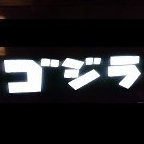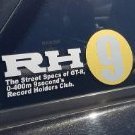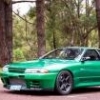Low miles hard use r32 gtr synchros issue
Announcements
-
Similar Content
-
Latest Posts
-
I attached the image of the only thing I found, nothing to do with ohms in the manual only torque values etc. However, being they are so close to each other I am almost certain they are good. Tomorrow I will test the spark plugs while I am there. and look at the ECU connections.
-
Hi Gents. Do u know what 18rim will fit under R32 GTST with no modification of current setup I have. I have buddy Club P1 17x8 on front and 17x9 rears and they fit well. Will an 18x9 on 35 off set with 235 tyres up front fit? ON the Rears i can run the rim size n fit 255 or 245? or i got option to get 18x9.5 on 35+ Offset n 265? CHeers
-
And, when measuring and getting <2 ohms, perhaps chose the next larger range than that, rather than something with a k in it!
-
'sif the ARB does anything on an Astra anyway!
-
You want the service manual that Josh references so you know what to measure, and how it needs to be connected doing the measurement, AND the expected value.
-






Recommended Posts
Create an account or sign in to comment
You need to be a member in order to leave a comment
Create an account
Sign up for a new account in our community. It's easy!
Register a new accountSign in
Already have an account? Sign in here.
Sign In Now